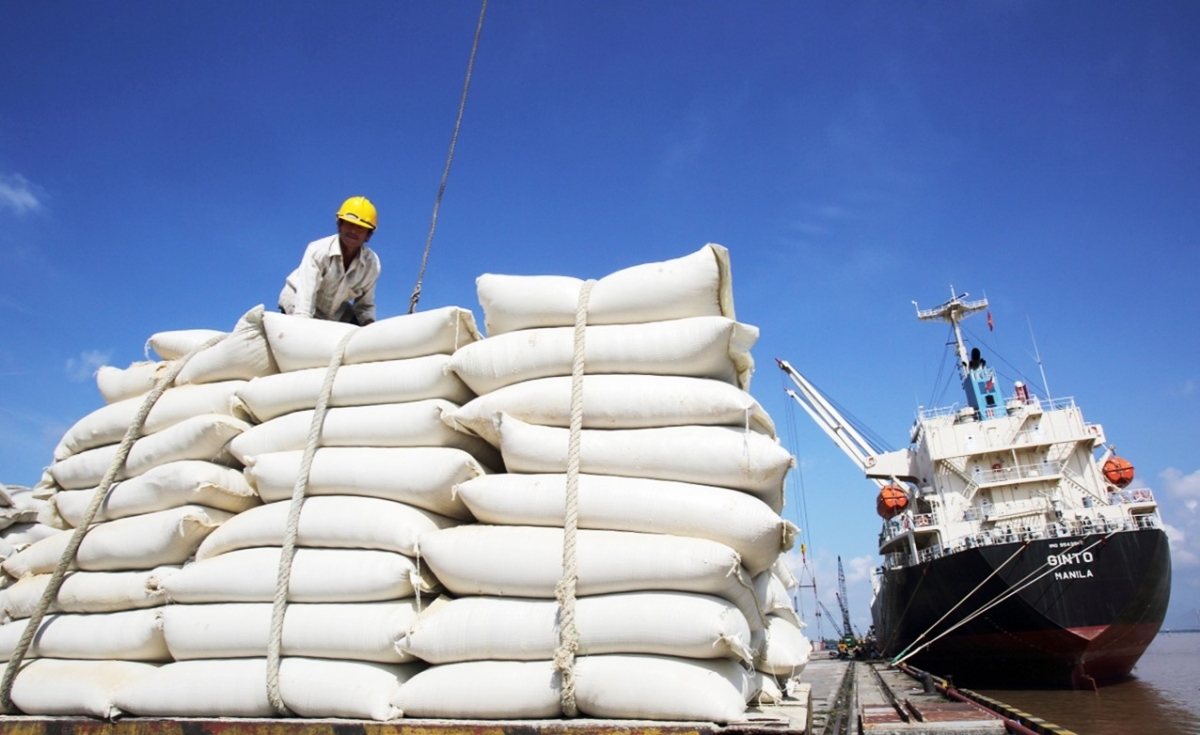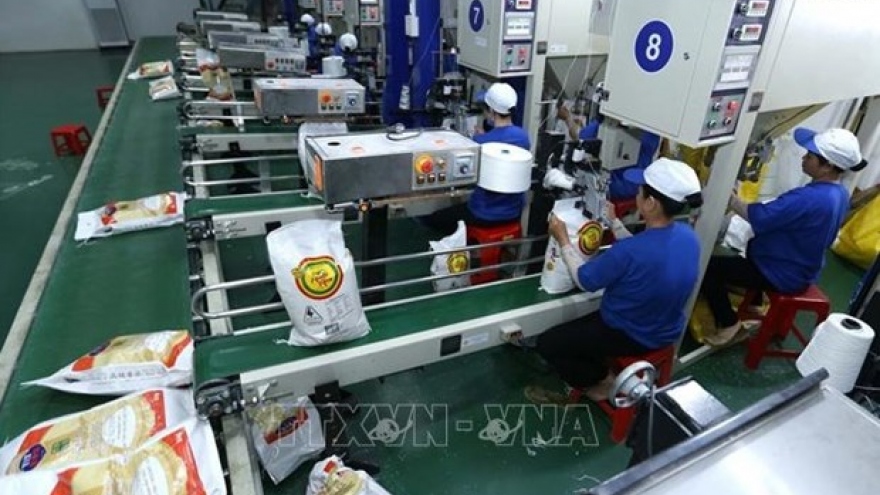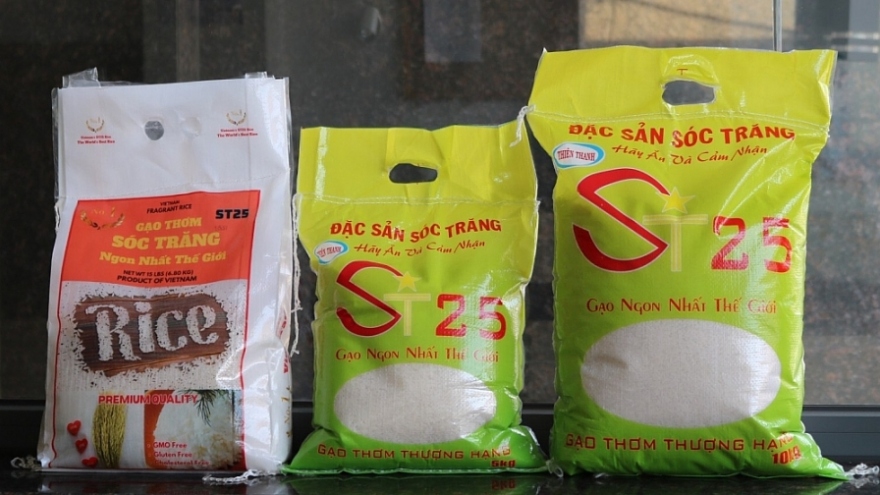Solutions needed to remove barriers for Vietnamese rice exports
VOV.VN - The local rice industry has faced an array of challenges this year caused as the COVID-19 pandemic has disrupted the rice supply chain, thereby negatively affecting export activities, according to industry insiders.
This comes following the sector encountering numerous difficulties in harvesting, transporting, and processing rice for export purposes.
The situation has been attributed to the deployment of social distancing measures enforced under the Government’s directive 16 across southern provinces, a move which has led to congestion in the circulation of rice and goods.
Many production factories have moved to reduce their capacity and have only been able to maintain 50% of their workforce for operations, leading to a labour shortage.
The imposition of social distancing measures has also caused delays in terms of the delivery schedule, along with high transportation costs.
Furthermore, rice traders have suffered from a lack of raw materials to process finished rice, a factor which has affected the fulfilment of signed export contracts.
Moreover, rice stockpiles have also forced the capital flow of rice traders to stagnate as they are unable to continue to purchase rice. The majority of traders are afraid to sign new contracts due to congestion impacting both transportation and delivery at seaports.
According to the Ministry of Industry and Trade, the rice sector is set to face the risk of losing major export markets, especially traditional markets such as the Philippines, China, and Malaysia, all of which will fall into the hands of regional peers such as Thailand and India.
As a means of dealing with this situation, the Ministry has submitted a report to the Prime Minister proposing the urgent consideration of opening a “green channel” for waterway transport. In line with this, no inspections will be carried out at checkpoints in order to facilitate the greater transport of goods to help rice exporters maintain their supply chain for export.
The Ministry also underlined the importance of requiring shipping lines and logistical enterprises to become transparent regarding the costs of transporting containers, while also adjusting the shipping rates to a reasonable level in order to share difficulties with rice businesses.
It also emphasized the urgent necessity of deploying vaccinations for workers who are directly involved in the supply chain.
Statistics compiled by the Ministry of Industry and Trade indicate that the nation has exported 3.492 million tonnes of rice worth US$1.888 billion during the seven months of the year, with an average export price of US$540.68 per tonne.




